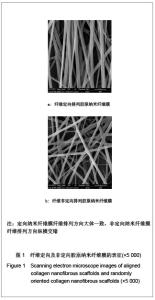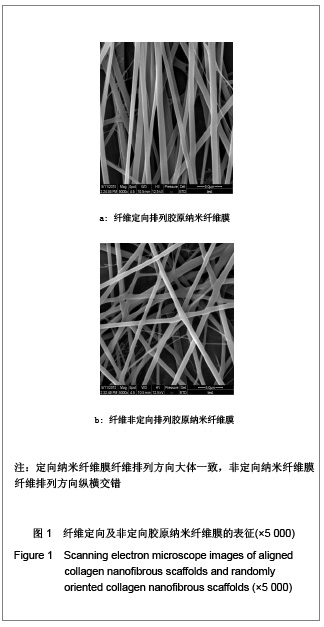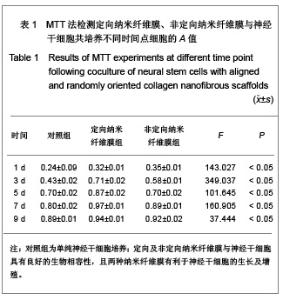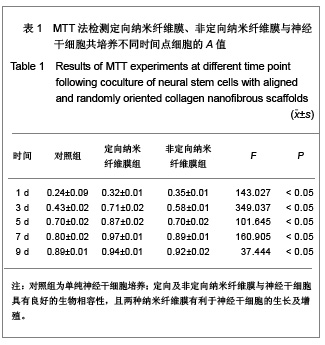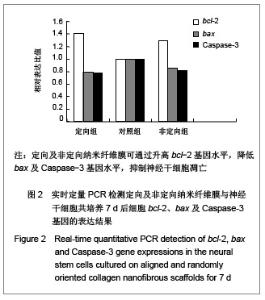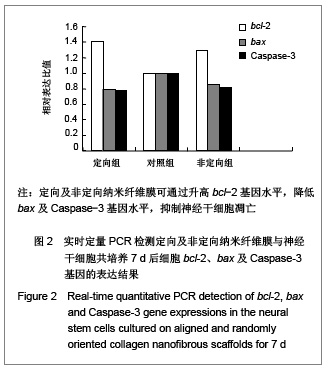| [1] Hou TY,Wu YM,Zhang YB.Zhonghua Chuangshang Zazhi. 2005;21(4): 316-318. 侯天勇,伍亚民,张玉波.组织工程脊髓修复脊髓损伤的研究进展[J].中华创伤杂志,2005,21(4): 316-318. [2] Jiang ZG,Li YH,Bi XB,et al.Zhongshan Daxue Yanjiusheng Xuekan. 2007;28(2): 20-25. 江志羔,黎银焕,毕小彬,等.生物材料应用于脊髓损伤修复的研究进展[J].中山大学研究生学刊,2007,28(2): 20-25.[3] Keyes-Baig C,Duhamel J,Fung SY,et al. Self-assemblingpeptide as a potential carrier of hydrophobic compounds.J Am Chem Soc.2004;126(24):7522-7532. [4] Tzeng SF. Neural progenitors isolated from newborn rat spinal Cords differentiate into neurons and astroglia. J Biomed Sci.2002;9(1):10-16.[5] Wang M,Zhai P,Chen X,et al.Bioengineered scaffolds for spinal cord repair. Tissue Eng Part B Rev.2011;17(3): 177-194.[6] Madigan NN,McMahon S,O’Brien T, et al.Current tissue engineering and novel therapeutic approaches to axonal regeneration following spinal cord injury using polymer scaffolds.Respir Physiol Neurobiol.2009;169(2):183-199.[7] Patino MG,Neiders ME,Andreana S, et al. Collagen as an implantable material in medicine and dentistry. J Oral Implantol. 2002;28(5):220-225.[8] Madaghiele M,Sannino A,Yannas IV,et al.Collagen-based matrices with axially oriented pores. J Biomed Mater Res A.2008;85(3):757-67.[9] Prabhakaran MP,Ghasemi-Mobarakeh L,Ramakrishna S.Electrospun composite nanofibers for tissue regeneration.J Nanosci Nanotechnol.2011;11(4):3039-3057.[10] Xie J,MacEwan MR,Schwartz AG,et al.Electrospun nanofibersforneural tissue engineering. Nanoscale.2010; 2(1):35-44.[11] Christens on EM,Anseth KS,van den Beucken JJ,et al. Nanobiomaterial applications in orthopedics.J Orthop Res. 2007;1:11-22.[12] Subramanian A,Krishnan UM,Sethuraman S.Development of biomaterial scaffold for nerve tissue engineering: Biomaterial mediated neural regeneration.J Biomed Sci.2009;16:108.[13] Sparrey CJ,Choo AM,Liu J,et al.The distribution of tissue damage in the spinal cord is in?uenced by the contusion velocity. Spine (Phila Pa 1976). 2008;33(22):E812-819.[14] Kroeker SG,Morley PL,Jones CF,et al. The development of an improved physical surrogate model of the human spinal cord--tension and transverse compression.J Biomech.2009; 42(7):878-883.[15] Wang YS,Yao M,Zhou JH,et al.The promotion of neural progenitor cells proliferation by aligned and randomly oriented collagen nano?bers through b1 integrin/MAPK signaling pathway. Biomaterials.2011;32(28):6737-6744.[16] Martinou JC,Youle RJ.Mitochondria in apoptosis: Bcl-2 family members and mitochondrial dynamics. Dev Cell.2011;21(1): 92-101.[17] Ishikawa T,Watanabe N,Nagano M,et al. Bax inhibitor-1: a highly conserved endoplasmic reticulum-resident cell death suppressor. Antioxid Redox Signal. 2011;15(12):2975-2987.[18] Miao EA,Rajan JV,Aderem A. Caspase-1-induced pyroptotic cell death. Immunol Rev. 2011;243(1):206-214. |
